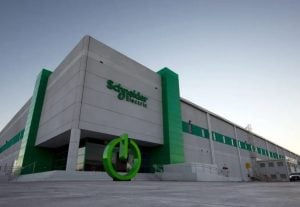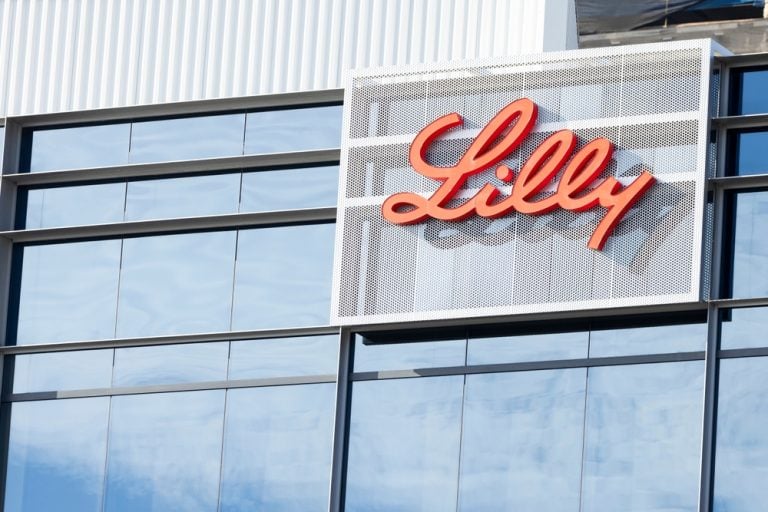The carbon capture industry is booming, but there’s a technology shortage
Solid-based sorbents are the next generation technology
Stockhead reached out to Dotz Nano CEO, Sharon Malka
More countries and companies around the world are committing to net zero carbon by 2050.
To achieve this goal, scientists predict that by 2030, the world will need to remove a further 1 billion tonnes of CO2 each year, compared with 2020.
By 2050, this will have to rise even more, to around 4.8 billion tonnes above 2020 levels.
Scientists also say that roughly 120 times more carbon dioxide removal from new technologies are needed desperately in order to achieve the 2050 goal.
One ASX company that has positioned itself to benefit from this huge technological shortage is Dotz Nano (ASX:DTZ).
The Israeli-based company owns a CO2 capture technology that it says could provide industrial emitters in hard-to-abate sectors with an environmentally friendly and affordable means to reduce their carbon footprint.
“The opportunity here is huge, about $100 billion by 2070, and is backed by strong global tailwinds,” Dotz Nano CEO, Sharon Malka, told Stockhead.
“In 2050, even if all the technologies that are currently under development are deployed, there will still be a missing gap that cannot be filled.”
Why solid-based sorbent technology is the future
Malka explained that there are two routes to reducing carbon – emission reduction, and active removal of CO2 from the air, sometimes called direct air capture.
Dotz Nano focuses on direct air capture through its proprietary carbon-based solid sorbent, which experts believe represent the next evolution in carbon capture technologies.
Solid sorbents use solid materials like metal-organic frameworks, porous carbons, and other materials like plastic that can adsorb CO2 at relatively low temperatures and pressures.
When compared to other types of sorbents, solid sorbents are known to exhibit higher energy efficiency, reduced degradation and corrosion, and are resistant to Sox and Nox, which means they don’t require upfront purification of flue gas.
Malka also said solid sorbents are more cost effective compared to the more mature amine-based sorbents technology, but they’ve yet to be proven commercially.
“Solid sorbents are called the next generation of carbon capture technology, because they are cost effective and provide a more sustainable and environmental friendlier approach compared to amine-based sorbents,” said Malka.
“Amine-based sorbents are the most advanced in terms of technology readiness, some of which are in the demonstration stage already.
“The solid sorbents, on the other hand, possess a lot of room for improvement, but yet to be proven. We still need to demonstrate sustained measure of their operation at scale.
“We need to prove the cost savings that can be made by solid sorbents.”
Sharon Malka, CEO of ASX-listed Dotz Nano
Dotz’s flagship solid sorbent technology, the Dotz Earth, uses plastic waste as the primary raw material.
It was developed in the labs of Dr James Tour of Rice University, and fully characterised by SINTEF – Norway’s largest energy and climate technology research institute.
Malka explained that Dotz Earth is able to hit two birds with one stone when it comes to tackling environmental challenges.
“Nano Dotz has nano-sized pores and large surface area to capture CO2 from flue gas, and it’s the only technology that can address two of the most challenging environmental challenges – which are plastic waste, and carbon emissions,” he said.
Dotz Earth sorbents made from plastic waste. Source: Dotz Nano
Next stages for Dotz Earth
Malka further explained that most solid sorbents are at the development stage, and are still around five years away from industrial deployment.
The first step in that long path, he says, is to complete the bench-scale testing.
For this testing, Dotz Nano recently announced a collaboration with SINTEF, one of Europe’s largest independent research and development organisations. The partnership will leverage SINTEF’s extensive experience and knowledge in carbon capture, utilisation and storage (CCUS) technologies.
The collaboration will initially focus on the design and construction of a bench scale test unit, ultimately aiming for the design and construction of Dotz’s first industrial pilot unit for Dotz Earth.
Once developed, the bench scale unit will enable the demonstration of the capture process efficiency with a variety of industrial flue gases.
“We view this collaboration with SINTEF as an authentic collaboration,” said Malka.
“It’s a strategic collaboration and a significant step in advancing our technology as a viable solution for industrial decarbonisation.”
Steps to possible unicorn status
Malka, who is a former CEO of Nasdaq-listed biotech Mediwound (NASDAQ: MDWD), said that just like biotechs, there are several steps Dotz Nano must climb before it can reach unicorn status.
“We need to go through several stages of development, and just like in biotechs, there are specific value-creation milestones we need to pass,” said Malka.
“In our case, our value creation milestones are completion of bench-scale testing, pilot-use, and thereafter, industrial use.
“And if you compare and benchmark those milestones against public companies, most that already hit lab-scale pilot units are weighing in above the $1bn dollar market cap.
“I do believe that we have a very promising technology, and the capacity and competence to capitalise on this multi billion dollar opportunity.”
Dotz Nano share price today:
The post The Ethical Investor: ASX-listed Dotz Nano develops tech to capture multi-billion dollar carbon market appeared first on Stockhead.





















+ There are no comments
Add yours